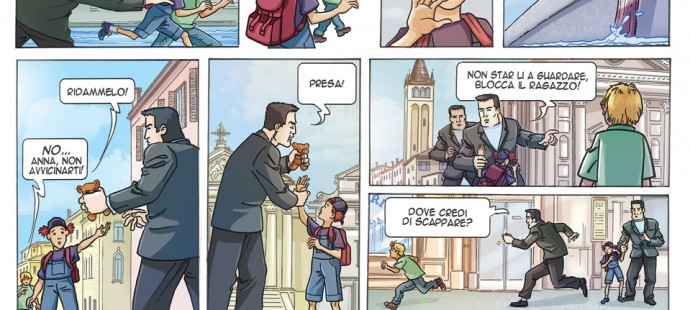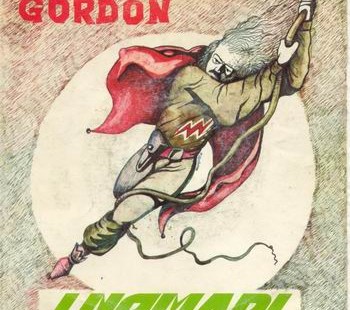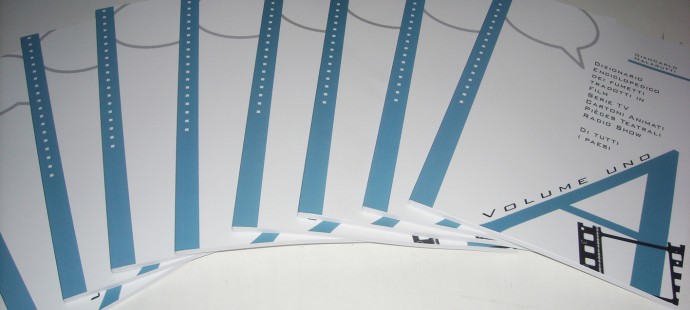
the Reporters volume 2 episode 10
The adventures of The reporters (episode #9), two T. V. journalists whose jobs lead them to come up against major and minor dramas. To give an idea of the style, their stories resemble ...

The adventures of The reporters (episode #9), two T. V. journalists whose jobs lead them to come up against major and minor dramas. To give an idea of the style, their stories resemble ...

Anna and Mathias adventure in Venice STORY/ART: Giancarlo Malagutti GENRE: Adventure/Mystery/Thriller/Fantasy TARGET READERSHIP: All ages, both sexes SETTING: Well known and characteristic cities and locations in Italy SET IN: The Present ...

Flash Gordon disegnato da Augusto Daolio che oltre a essere un magnifico interprete era anche un ottimo disegnatore e realizzava le copertina degli album. Il nome NOMADI fu scelto un ...

Dizionario cinema fumetto, prefazione di Werther Gorni Direttore de la Nuova Cronaca di Mantova Alba del terzo millennio. Il futuro è già oggi. Tecnologia che trionfa ovunque. Informazioni in ...

Princess Zaffiro, rendiamo disponibile il download di un episodio dopo il volume che raccoglie le avventure italiane di Malagutti/Truscia/Messora. A seguire gli altri. La principessa Zaffiro (リボンの騎士 Ribon no ...